Projects include feed technology, cobia culture

Aquaculture currently accounts for 40 percent of the gross value of Australia’s fisheries production, which had an annual value of $0.83 billion AUD (U.S. $896.6 million) in 2010. Currently, the most valuable Australian aquaculture sector is the farmed salmon industry in temperate waters. In subtropical areas, the production and value of barramundi and prawns have increased over the past four years.
The Australian National Aquaculture Council predicts the output of the Australian aquaculture industry could double by 2015. Multidisciplinary, coordinated research at the Bribie Island Research Centre in Queensland, Australia, will enhance the capacity of the industry to achieve this goal.
Expanded facilities
A home for aquaculture research for 20 years, the center was one of the first dedicated aquaculture research facilities built in Australia. The facility is operated by the Queensland Department of Employment, Economic Development and Innovation (DEEDI). It houses commercial-scale production facilities and grow-out ponds, as well as extensive facilities for tank-based experimentation and well-equipped laboratories.
The Commonwealth Scientific and Industrial Research Organisation (CSIRO) recently added a new aquaculture nutrition research facility to the Bribie Island Research Centre. This complements the rest of the unique facility, which is the only marine research and development facility in Queensland with commercial-scale open and covered ponds. Additionally, the facility has feed production capability with extrusion technology and the ability to control seawater temperature and lighting in all experimental rooms.
The integration of DEEDI and CSIRO research capabilities at Bribie Island provides a major opportunity to tackle multidisciplinary research tasks for the benefit of the aquaculture industry.
The work will focus on the development and application of knowledge and technology to enhance the economic, environmental and social sustainability of aquaculture. This will be achieved through research on improving aquaculture breeds, feeds, health, production systems and environmental management.
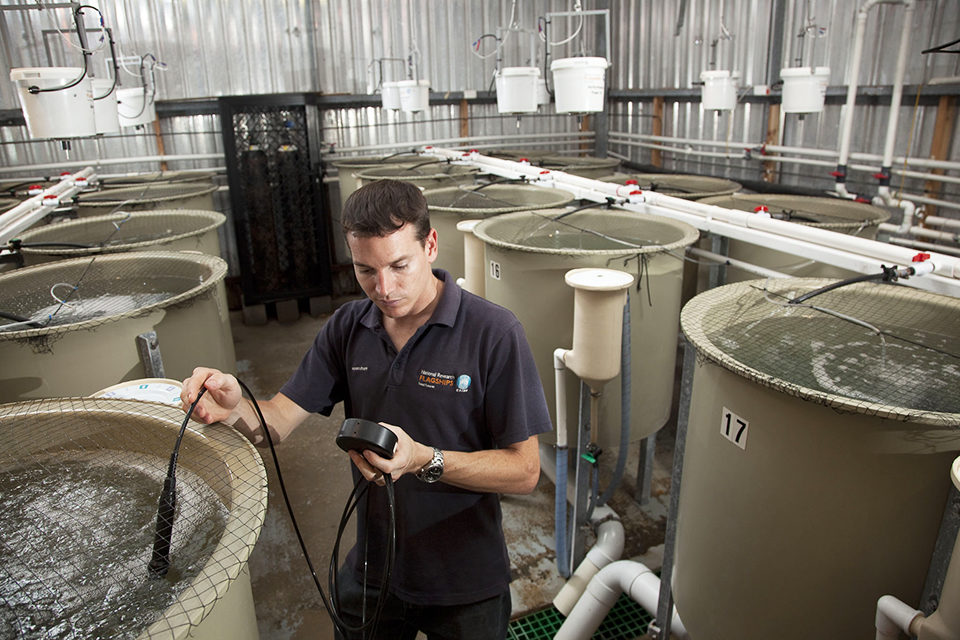
Feed technologies research
The new nutrition research facility provides the infrastructure for a range of aquaculture nutrition research. The CSIRO Food Futures Flagship has a number of projects under way at the center, both at an international and national level.
Reducing the use of wild-caught fish in aquaculture to help improve the sustainability of fish stocks is the aim of collaboration among researchers and farmers in both Australia and Vietnam. Funded by the Australian Centre for International Agricultural Research, the project focuses on a range of species, including barramundi, grouper, cobia, mud crabs and spiny lobster fisheries. Successful completion of the project will lead to greater adoption of manufactured feed in Vietnam and improved use of alternative raw materials in both Vietnam and Australia.
Within Australia, the focus of CSIRO’s research is two-fold. The researchers are exploring innovative raw materials for use in feed and developing methods for rapid quality assessment using state-of-the-art technology like near-infrared spectroscopy. The spectroscopy is commonly used in major feed mills, but its use is mostly limited to proximate chemistry analysis.
The researchers have established calibrations for digestible nutrients and energy for diets and some raw materials. The technology can therefore be used to check the biological quality of feed in a matter of seconds before it leaves the mill, or to check ingredients before they are even formulated into a feed.
Additionally, the researchers are pushing the boundaries on diet specifications for these species by increasing understanding of the essential nutrients they need, how they use them and the effects of interactions among key nutrients on animal performance and quality. To do this, the researchers are using the latest nutritional modeling technology and genomic tools to explore the reasons why fish respond to some nutrients.
This is in addition to the running of more typical animal performance feed trials. The latest generation of feeds in Australia now routinely contains less than 20 percent fishmeal. Such developments have relied on work like the evaluations of alternative raw materials carried out at Bribie Island Research Centre.
Cobia aquaculture in Australia
Although cobia is an established aquaculture species with production continuing to climb around the world, its potential was only relatively recently recognized in Australia. Interest in cobia has largely come from within Queensland’s $70 million AUD (U.S. $75.6 million) prawn-farming industry, which viewed cobia as an off-season or alternative crop.
This interest resulted in the development of a 2007 research program led by scientists from DEEDI at the Bribie Island Research Centre. The study, which also involved scientists from CSIRO and several industry partners, enabled prawn famers from around Queensland to evaluate the commercial viability of cobia production in prawn ponds.
The study demonstrated a number of key findings likely to influence the size and shape of an Australian cobia industry. Production levels were commercially acceptable, achieving an average of 12 metric tons per hectare. Survival from 5-gram fingerlings to a harvest size of 3 to 8 kg was up to 80 percent, and feed-conversion ratios were within commercially acceptable ranges. Growth rates varied considerably between farms in different areas of Queensland.
Pond-reared cobia reached an average weight of 4 to 6 kg after 12 months at northern farms, whereas average weight was 2 to 3 kg at farms in southern Queensland. Interest in cobia has remained strong, particularly among farmers in northern Queensland. DEEDI is currently the lead agency in a collaborative research project supported by the Australian Seafood Cooperative Research Centre and involving commercial partners, CSIRO and the University of the Sunshine Coast. This project is focused on controlling spawning in cobia to ensure the regular supply of high-quality seedstock crucial for the predicted expansion of the industry.
(Editor’s Note: This article was originally published in the March/April 2012 print edition of the Global Aquaculture Advocate.)
Now that you've reached the end of the article ...
… please consider supporting GSA’s mission to advance responsible seafood practices through education, advocacy and third-party assurances. The Advocate aims to document the evolution of responsible seafood practices and share the expansive knowledge of our vast network of contributors.
By becoming a Global Seafood Alliance member, you’re ensuring that all of the pre-competitive work we do through member benefits, resources and events can continue. Individual membership costs just $50 a year.
Not a GSA member? Join us.
Authors
-
Dr. Nigel Preston
Theme Leader, Breed Engineering
Commonwealth Scientific and Industrial Research Organisation
Food Futures National Research Flagship -
Dr. Brett Glencross
Leader, Novel Feed Ingredients and Nutrition Stream
Commonwealth Scientific and Industrial Research Organisation
Food Futures National Research Flagship -
Dr. Peter Lee
Principal Scientist (Aquaculture), Centre Leader
Bribie Island Research Centre
Queensland, Australia
Related Posts
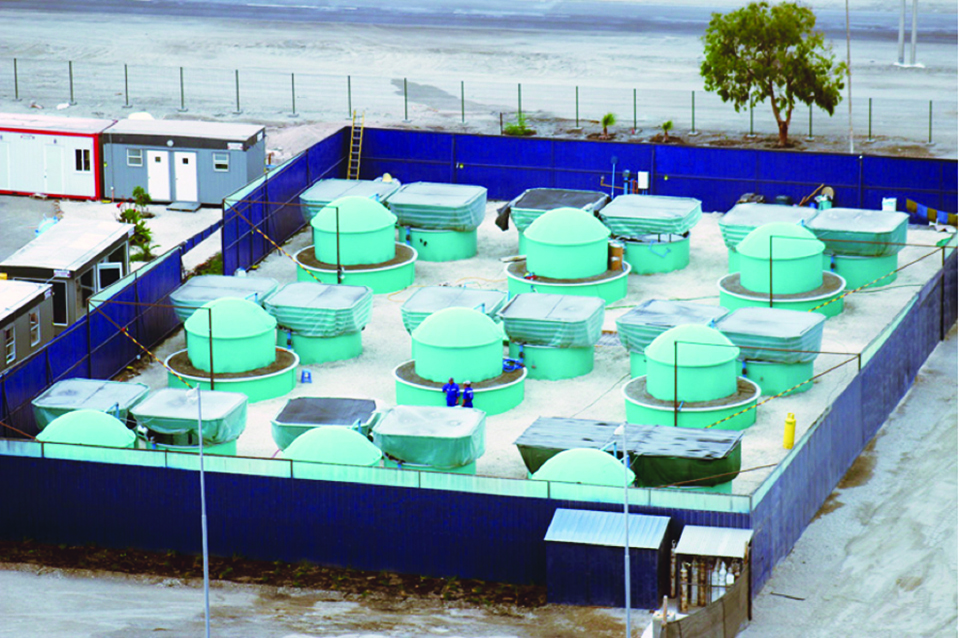
Health & Welfare
Cobia culture in recirculating systems
A unique pilot project supported by northern Chile’s biggest power-generating company and the Undersecretary of Fisheries and Aquaculture is raising cobia in a recirculating aquaculture system in the desert.
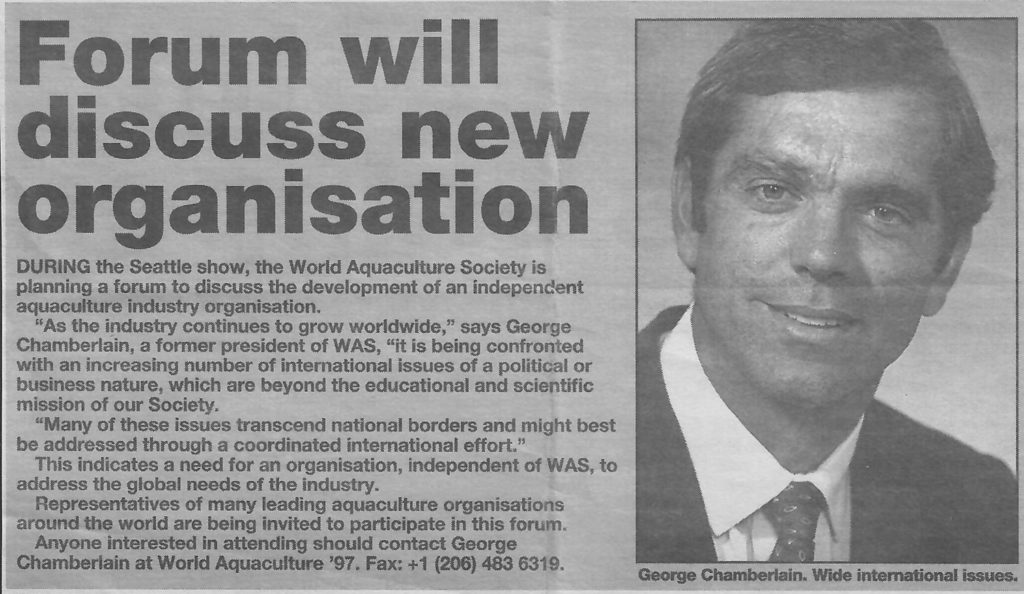
Innovation & Investment
20 years of the Global Aquaculture Alliance
A timeline of key milestones and achievements by the Global Aquaculture Alliance and its third-party aquaculture certification scheme, Best Aquaculture Practices (BAP).
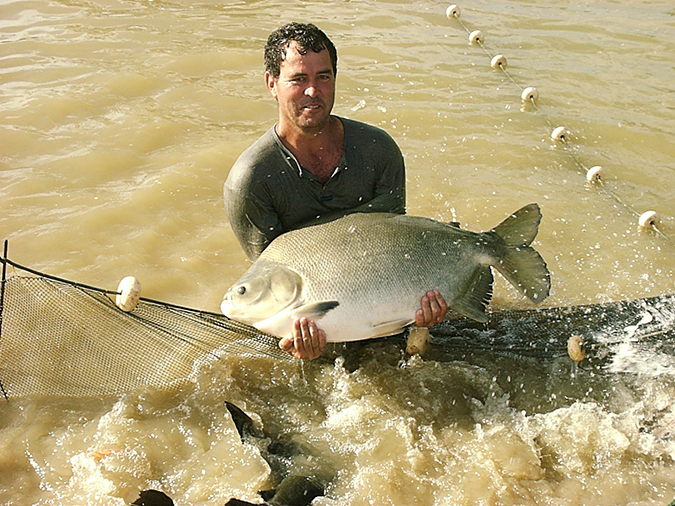
Responsibility
Acuacultura Brasileña: Limitaciones y desafíos (Parte 1)
La acuacultura ha experimentado su mayor crecimiento en la última década (con un promedio de 8 por ciento por año) en comparación con otras industrias animales, pero todavía está muy por detrás de la producción alcanzada por las industrias avícola, bovina y porcina.
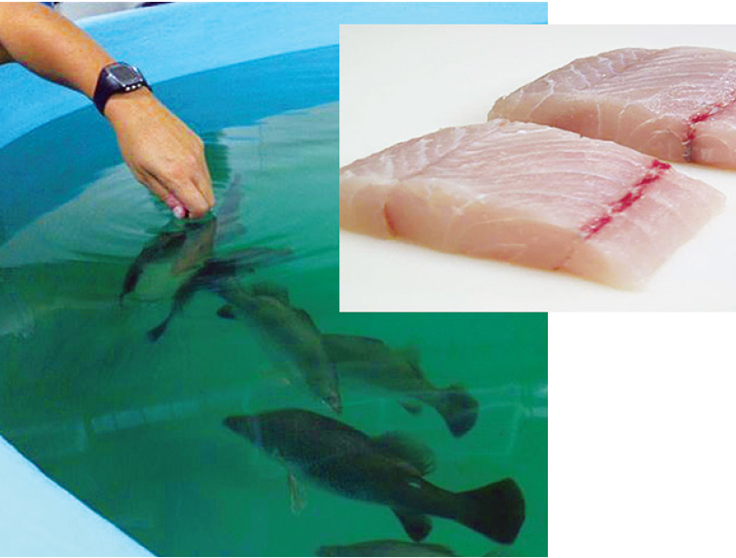
Intelligence
Adding flavor complexity to farmed barramundi
Organoleptic attributes such as flavor and aroma are among the most important factors that influence consumer acceptability and demand for fish products. Consumers have identified farmed fish as less complex and lacking “sealike” or “sea-fresh” flavors and aromas.



